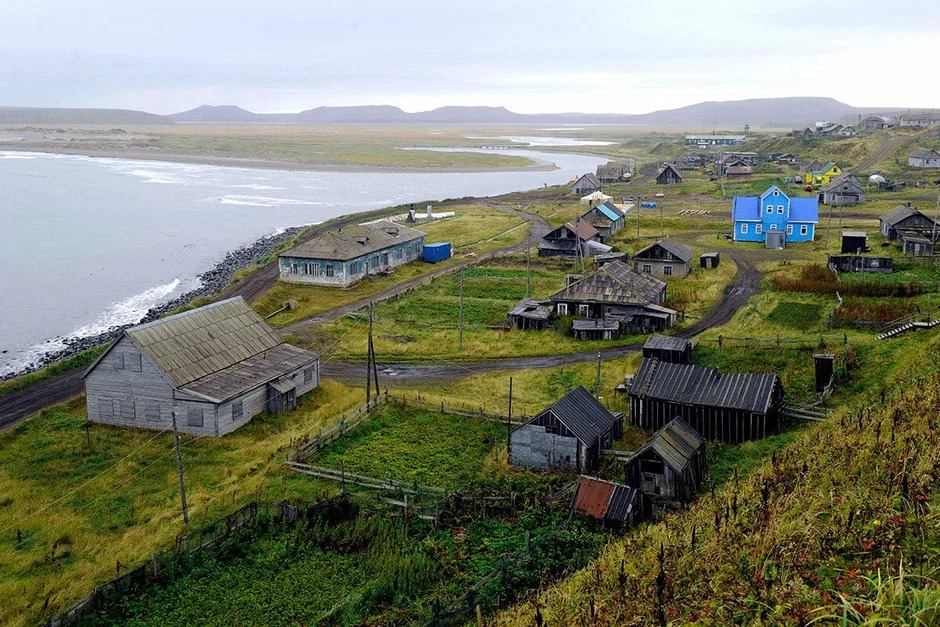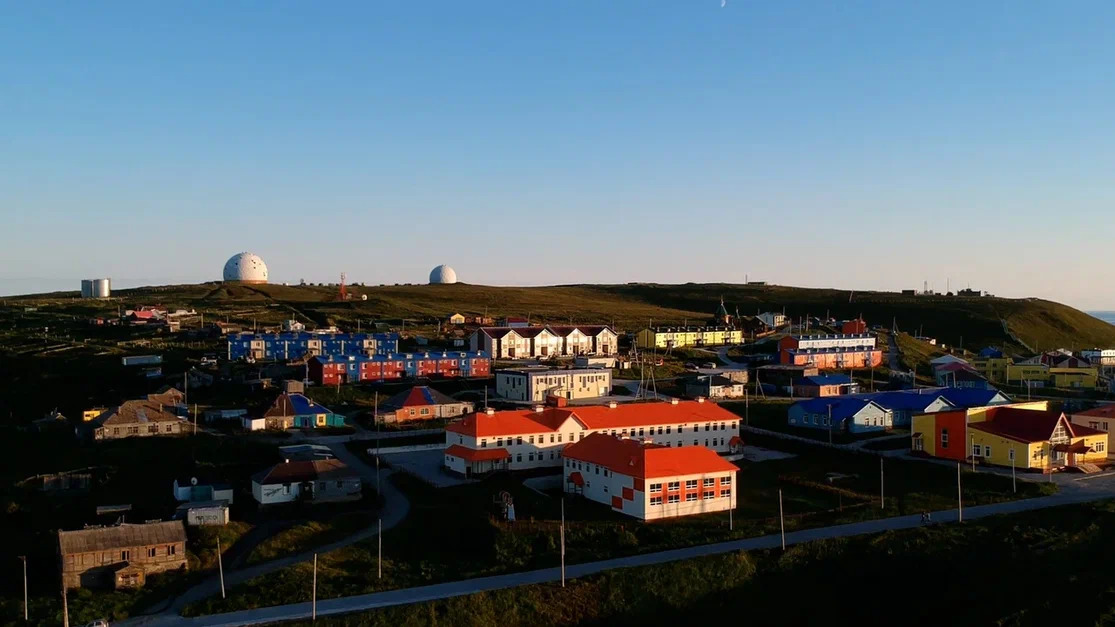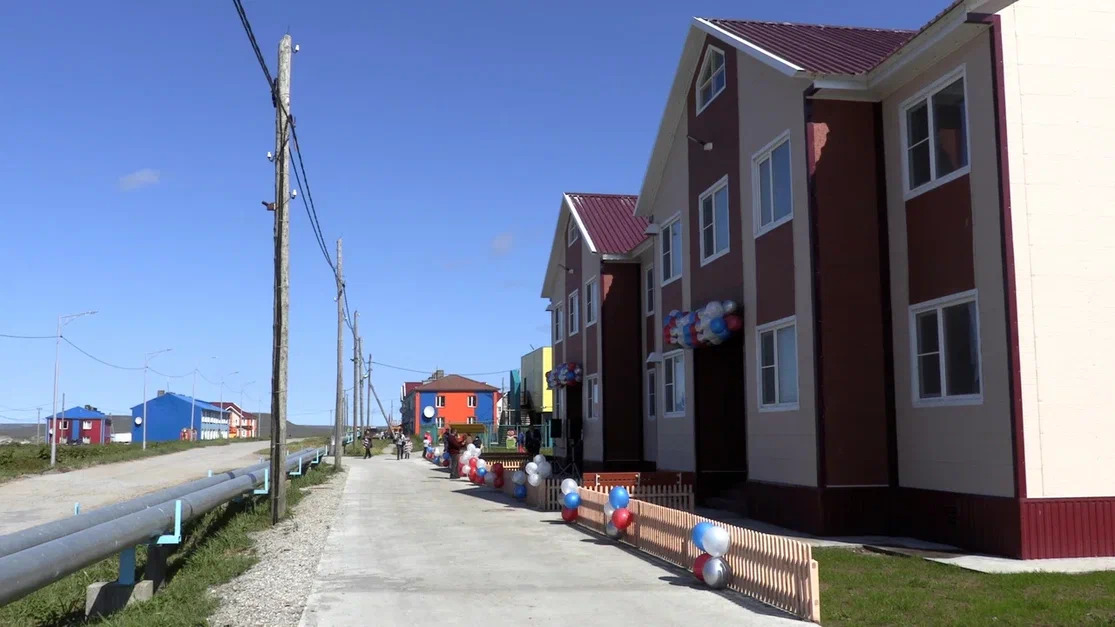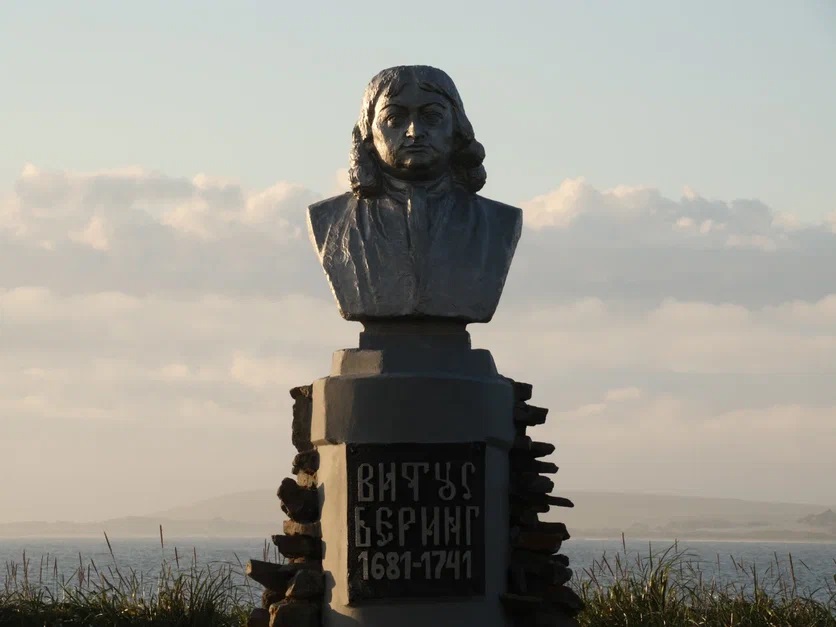|
|
Dr. Danilova
Research Fellow, Arctic Research Center, Museum of Anthropology and Ethnography, Russian Academy of Sciences
|
The Aleuts. General Information: Endonyms, Ethnographic Groups, Population, and Settlement
The total number of Aleuts, according to the 2020 All-Russian Population Census, is 399 people (194 men and 205 women).
The Aleuts dwell in the north of the Pacific coast, on the territories of the United States and Russia. In the U.S., they occupy the territories of the Aleutian Islands, the Pribilof Islands, and the western coast of Alaska. In the Russian Federation, the Aleuts live on the Commander (Komandor, Komandorskiye) Islands, the largest of which are Bering Island and Medny Island.
The Aleuts of Russia are considered a local ethnic group and are called the Commander Aleuts (named after the islands where they mainly reside). Like the American Aleuts, the inhabitants of the Commander Islands call themselves unangan/unangas, which means “the coastal people” or “those living by the sea.” They often use the Russian word “Aleuts,” changing it to the plural according to the grammar rules of their language. Thus, the inhabitants of Medny Island of the Commander Islands (Mednovtsy) say Aleuuta-n, those of the Bering Strait – Aleuutas.
There are two prevalent hypotheses about the origin of the word “Aleut.” According to the first one, the ethnonym has the Chukchi-Koryak base elev/alyav meaning “to tie” or “wrap around something,” thus making the Aleuts “those who have loops with branches on their heads.” According to the second hypothesis, the word “Aleut” comes from the Aleutian alitkhukh, which in the early period of their history meant “a kinship community,” “a team”, “a group of people united by something,” and later took on a number of additional meanings, such as “a ship crew,” “a group of people,” “a military detachment.”
The language of the Commander Aleuts belongs to the Aleut sub-group of the Eskimo-Aleut languages. Researchers distinguish the Bering dialect, which is the central dialect of the Aleutian Islands, and the independent language of the Mednovtsy (Medny Island) Aleuts, which was derived from the mixture of the Aleutian and Russian languages. Currently, both languages face complete extinction.
The Aleuts were transferred to the Commander Islands by the Russian-American Company (RAC) from various islands of the Aleutian Chain in 1825-1826 for the seal trade. At the time, the Aleutian Islands, like Alaska, used to be part of the Russian Empire, and the RAC was responsible for trade and administrative activities.
Until the end of the 19th century, the Commander Islands had been sparsely populated and officially considered to have “no permanent settlements.” With the liquidation of the RAC and the annexation of the Commander Islands to the Petropavlovsky area of Kamchatka, the entire population of the islands was uniformly classified as non-Slavic. For many years, the Aleuts lived mainly in two settlements, the village of Nikolskoye on Bering Island and in the village of Preobrazhenskoye on Medny Island. By the end of the 1960s, the residents of all settlements of the Commander Islands were relocated to the village of Nikolskoye, the only location in the Russian Federation where Aleuts currently reside as a compact group. Nikolskoye is the center of the Aleutian municipal unit of the Kamchatka Territory.




































































